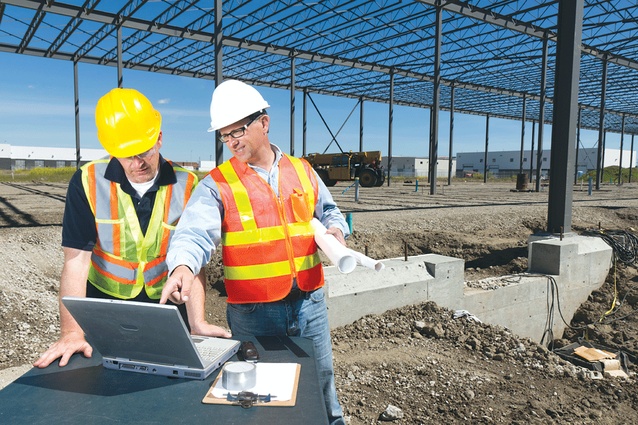Building momentum
Earthquake Recovery Minister Gerry Brownlee says now is the time to support the highest rate of economic growth the South Island has seen for eight years.
The Canterbury earthquakes have provided New Zealand with a unique opportunity to rebuild a vibrant, first-class, innovative city and residential area.

However, it must be acknowledged that the widespread damage to land and ongoing seismic activity, which is likely to last into many years ahead, present a set of unique challenges to the rebuild process.
The ongoing shakes have previously been barriers to obtaining new insurance cover for rebuild projects. However, in addition to the maintenance of existing insurance cover for Cantabrians, new insurance cover packages are now offered by many of the large banks and existing insurance companies.
A range of insurance providers now compete to cover the construction of new residential properties, and contract works cover for new commercial facilities is available. We have a really good picture of the land we are building on in Christchurch.
The work completed by GNS Science and Tonkin Taylor has given us, I believe, a better scientific understanding of the land than in any other place in the world. While we’ve had to red zone areas encompassing over 7,800 properties, for the rest of Canterbury, there are site specific solutions available for building or repairing existing homes on that land.
Certainly, those green-zoned residents on Technical Category 3 (TC3) land are in the most difficult position. Around 14 per cent, or 27,000 homeowners, fall in to this category.
TC3 is a performance standard that will ensure that in the event of a major quake, the house will perform as well as a house on TC1 land. This requires stronger foundations to handle the challenges of the land.
This is where we need the building industry to rise to the challenge and provide solutions that will give people confidence in the stability of those homes, the performance of the foundations in years to come, and protect what for many is their biggest financial investment.
The residential rebuild is about restoring our lives and the places we live, and it is gaining momentum.
In August, of all regions, Canterbury had the highest number (394) and value ($123 million) of new dwellings consented. This is the first month in which Canterbury’s value exceeded Auckland’s ($118 million) since the series began in April 1990.
Launched at the end of July 2012, the Christchurch Central Recovery Plan (CCRP) outlines the overarching vision for the future of Christchurch’s central city.
With the plan now in place, and the commencement of negotiations with property owners for land that will be required to bring the CCRP’s Blueprint Plan to fruition, work is underway to get investors and suppliers on board with the planned projects.
The first of the anchor projects from the CCRP, the Avon River Precinct, has gone to market, with the Christchurch Central Development Unit (CCDU) and Christchurch City Council now calling for expressions of interest from groups wishing to put forward initial proposals for the convention centre, its car parking area, connected retail and commercial operations, and a five star hotel.
The facilities are expected to open for business by March 2017. The Avon River and Convention Centre precincts are among the priority projects in the plan, along with the Frames and the Metro Sports Facility.
This sports facility will include an aquatic centre with a 50-metre, 10-lane competition pool, dive and leisure pools, an indoor stadium with eight indoor courts and seating for up to 2,800 people, a fitness centre and a performance movement centre.
A number of other distinctive precincts will be developed within the new central city including the Performing Arts Precinct, Health Precinct, Justice and Emergency Services Precinct, Innovation Precinct, Retail Precinct, a covered stadium with a capacity of up to 35,000, and a new bus interchange.
With most quake damaged buildings demolished, it is anticipated the central Christchurch area will be fully open to the public by the middle of 2013. Within five years, the goal is to deliver the Blueprint projects, while not sacrificing quality for speed of development.
Based on recent estimates, the Canterbury Earthquake Recovery Authority (CERA) now believes the regional GDP for Canterbury has recovered to pre-earthquake levels. Recent economic figures also show Canterbury to be the fastest growing region in New Zealand.
The Canterbury rebuild is credited with contributing to a South Island economy that is growing at 3.3 per cent, the greatest pace of growth seen in eight years. There has never been a better time for the building industry to support this rate of growth and seize an opportunity to be part of creating a Canterbury that we are all proud of.











